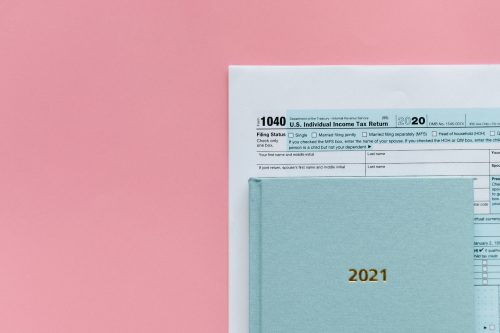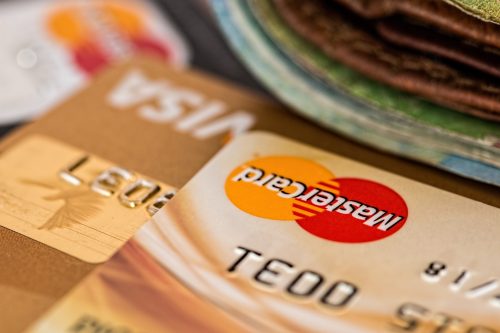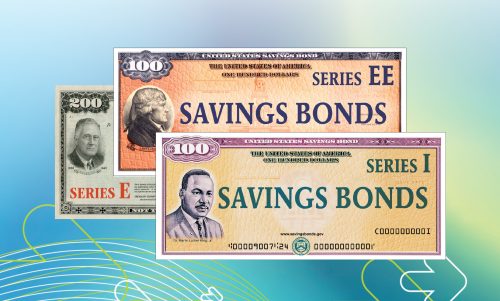Adding commodities like precious metals to your investment portfolio can help diversify your portfolio and potentially reduce overall risk. Here are some steps to consider when adding precious metals to your portfolio:
Determine your investment goals: Before investing in precious metals, it’s important to determine your investment goals and risk tolerance. Precious metals can be volatile, so it’s important to have a long-term investment horizon and be comfortable with potential price fluctuations.
Choose the type of precious metal: Precious metals can be bought in various forms, including physical bullion, exchange-traded funds (ETFs), mutual funds, and mining stocks. Each type of investment has its own risks and benefits, so consider which type best aligns with your investment goals and risk tolerance.
Choose a reputable dealer: If you choose to invest in physical bullion, it’s important to choose a reputable dealer to ensure that you are buying authentic precious metals at fair prices. Do your research and choose a dealer with a good reputation and positive reviews.
Determine your allocation: The percentage of your portfolio that you allocate to precious metals will depend on your investment goals and risk tolerance. As a general rule of thumb, financial experts recommend allocating between 5% to 10% of your portfolio to commodities like precious metals.
Monitor your investments: As with any investment, it’s important to monitor your precious metal investments regularly to ensure that they are performing as expected and to make any necessary adjustments to your portfolio.
It’s important to note that investing in precious metals carries risks, and it’s important to do your research and consult with a financial advisor before making any investment decisions.










